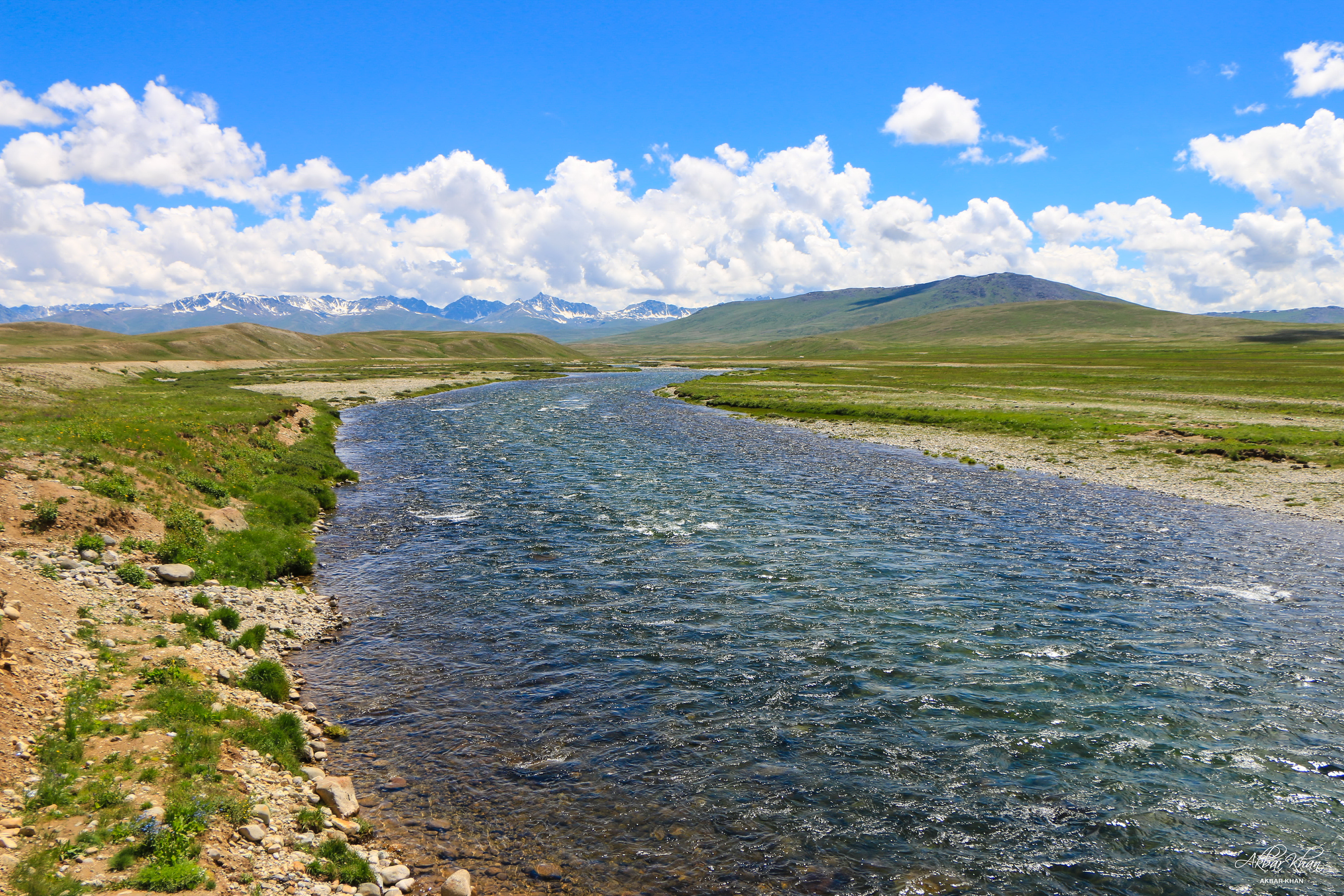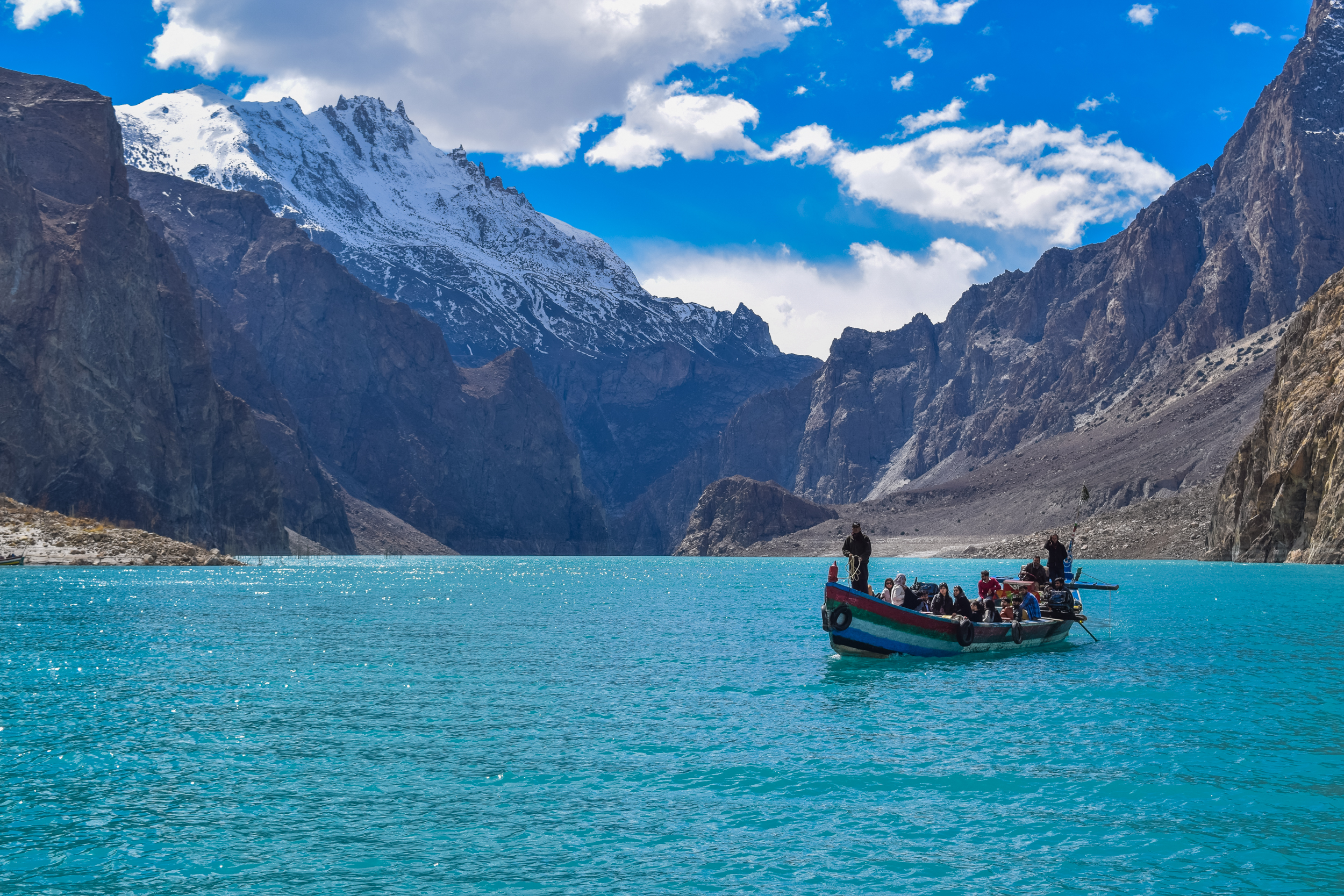|
Sheosar Lake
Sheosar Lake ( ur, ) is an alpine lake situated at the western end of Deosai National Park, Gilgit-Baltistan, Pakistan. It is located at the height of . Access The lake is accessible through two routes. One is via Astore and the other via Skardu. From main Astore town, it takes about four hours' jeep travel through a semi-metal road to reach Chilum, the last residential area adjacent to the plains. The second route, from Skardu, can be covered by jeep in few hours; however, if trekked, it can take two days' time. Climate Between the months of November and May the area of Deosai is snow bound. During spring, the surrounding area is covered with wide variety of flowers and butterflies. Most visitors come to the lake are in summer between June and early September. See also *List of lakes in Pakistan Pakistan is home to many natural and man-made lakes and reservoirs. The largest lake in Pakistan is the Manchar Lake. The lake is spread over an area of over . The highest ... [...More Info...] [...Related Items...] OR: [Wikipedia] [Google] [Baidu] |
Deosai Plains
Deosai National Park () is a high-altitude alpine plain (plateau) and National Park located in Astore, Gilgit-Baltistan. Deosai Plains are situated at an average elevation of 4,114 metres (13,497 ft) above sea level and considered as the second highest plateaus in the world. Etymology The name came about from the folk tale immortalised by Mian Muhammad Baksh in his poem, "Saif al-Mulook"; the word 'Deosai' means 'the Shadow of the Giant': the word "Deo" being a contraction of 'Deva', and the word 'Sai' being one of 'Saya' i.e. 'Shadow'.Sai or Sain also an acronym for swami or lord. Balti people call this place 'Ghbiarsa' referring to 'Summer's Place' because it is only accessible in summer. Geography The Deosai National Park is located in western Himalayas in Gilgit Baltistan (GB), Pakistan. It has an average elevation of above sea level, making the Deosai Plains the second highest plateau in the world after Changtang Tibetan Plateau. The park protects an area of . ... [...More Info...] [...Related Items...] OR: [Wikipedia] [Google] [Baidu] |
Deosai National Park
Deosai National Park () is a high-altitude alpine plain (plateau) and National Park located in Astore, Gilgit-Baltistan. Deosai Plains are situated at an average elevation of 4,114 metres (13,497 ft) above sea level and considered as the second highest plateaus in the world. Etymology The name came about from the folk tale immortalised by Mian Muhammad Baksh in his poem, "Saif al-Mulook"; the word 'Deosai' means 'the Shadow of the Giant': the word "Deo" being a contraction of 'Deva', and the word 'Sai' being one of 'Saya' i.e. 'Shadow'.Sai or Sain also an acronym for swami or lord. Balti people call this place 'Ghbiarsa' referring to 'Summer's Place' because it is only accessible in summer. Geography The Deosai National Park is located in western Himalayas in Gilgit Baltistan (GB), Pakistan. It has an average elevation of above sea level, making the Deosai Plains the second highest plateau in the world after Changtang Tibetan Plateau. The park protects an area of . It ... [...More Info...] [...Related Items...] OR: [Wikipedia] [Google] [Baidu] |
Tibetan Plateau
The Tibetan Plateau (, also known as the Qinghai–Tibet Plateau or the Qing–Zang Plateau () or as the Himalayan Plateau in India, is a vast elevated plateau located at the intersection of Central, South and East Asia covering most of the Tibet Autonomous Region, most of Qinghai, western half of Sichuan, Southern Gansu provinces in Western China, southern Xinjiang, Bhutan, the Indian regions of Ladakh and Lahaul and Spiti (Himachal Pradesh) as well as Gilgit-Baltistan in Pakistan, northwestern Nepal, eastern Tajikistan and southern Kyrgyzstan. It stretches approximately north to south and east to west. It is the world's highest and largest plateau above sea level, with an area of (about five times the size of Metropolitan France). With an average elevation exceeding and being surrounded by imposing mountain ranges that harbor the world's two highest summits, Mount Everest and K2, the Tibetan Plateau is often referred to as "the Roof of the World". The Tibetan ... [...More Info...] [...Related Items...] OR: [Wikipedia] [Google] [Baidu] |
Lakes Of Gilgit-Baltistan
A lake is an area filled with water, localized in a basin, surrounded by land, and distinct from any river or other outlet that serves to feed or drain the lake. Lakes lie on land and are not part of the ocean, although, like the much larger oceans, they do form part of the Earth's water cycle. Lakes are distinct from lagoons, which are generally coastal parts of the ocean. Lakes are typically larger and deeper than ponds, which also lie on land, though there are no official or scientific definitions. Lakes can be contrasted with rivers or streams, which usually flow in a channel on land. Most lakes are fed and drained by rivers and streams. Natural lakes are generally found in mountainous areas, rift zones, and areas with ongoing glaciation. Other lakes are found in endorheic basins or along the courses of mature rivers, where a river channel has widened into a basin. Some parts of the world have many lakes formed by the chaotic drainage patterns left over from the last ic ... [...More Info...] [...Related Items...] OR: [Wikipedia] [Google] [Baidu] |
List Of National Parks In Pakistan
Pakistan has 36 national parks ( ur, ). As of 2012, 25 of these are under supervision of respective provincial governments and remaining are in private care. Only some of these are under the conservation scope of International Union for Conservation of Nature. Protection and conservation of the environment of Pakistan was included in the concurrent constitution of 1973. As a result, ''Environment Protection Ordinance'' was enacted in 1983, which was mainly regulated by the Environment and Urban Affairs Division. Later, a new system of 'Modern Protected Areas' legislation began at the provincial level which assigned the protected areas with designations such as national parks, wildlife sanctuaries and game reserves. Further recommendations of the national parks of the Indomalayan realm were highlighted in the IUCN review of 1986. Nevertheless, the development of national parks was mainly carried out by National Conservation Strategy of 1992. Due to more awareness about their im ... [...More Info...] [...Related Items...] OR: [Wikipedia] [Google] [Baidu] |
List Of Lakes In Pakistan
Pakistan is home to many natural and man-made lakes and reservoirs. The largest lake in Pakistan is the Manchar Lake. The lake is spread over an area of over . The highest lakes in Pakistan are the Paristan Lake and Shimshal Lake, which both are at an altitude of over . The second-highest lake in Pakistan is the Karambar Lake, which is located at an altitude of , is the 33rd highest lake in the world. A recent Google map analysis revealed more than 500 lakes in northern Pakistan (mainly Gilgit-Baltistan and Chitral region), many of these lakes are still nameless and even undiscovered to even local population. Natural lakes Gilgit-Baltistan Azad Kashmir, Punjab, KPK, Sindh and Balochistan }) is a lake situated at 10 km from the Tehsil Kallar Kahar, Chakwal District and 30 kilometers southwest of Chakwal along the motorway. , , -- , Uchhali Lake , , , Soan Sakaser Valley, Salt Range , The lake is located in the southern salt range and has brackish water. ... [...More Info...] [...Related Items...] OR: [Wikipedia] [Google] [Baidu] |
Sheosar Lake
Sheosar Lake ( ur, ) is an alpine lake situated at the western end of Deosai National Park, Gilgit-Baltistan, Pakistan. It is located at the height of . Access The lake is accessible through two routes. One is via Astore and the other via Skardu. From main Astore town, it takes about four hours' jeep travel through a semi-metal road to reach Chilum, the last residential area adjacent to the plains. The second route, from Skardu, can be covered by jeep in few hours; however, if trekked, it can take two days' time. Climate Between the months of November and May the area of Deosai is snow bound. During spring, the surrounding area is covered with wide variety of flowers and butterflies. Most visitors come to the lake are in summer between June and early September. See also *List of lakes in Pakistan *List of national parks in Pakistan Pakistan has 36 national parks ( ur, ). As of 2012, 25 of these are under supervision of respective provincial governments and remaining a ... [...More Info...] [...Related Items...] OR: [Wikipedia] [Google] [Baidu] |
Skardu
, nickname = , motto = , image_skyline = , map_caption = , pushpin_map = Gilgit Baltistan#Pakistan , pushpin_label_position = left , pushpin_relief = , area_total_km2 = 77 , elevation_m = 2228 , subdivision_type = Country , subdivision_name = Pakistan , subdivision_type1 = Adm. Unit , subdivision_name1 = Gilgit−Baltistan , subdivision_type2 = District , subdivision_name2 = Skardu District , population_total = 26,023 , population_as_of = 1998 , timezone = PKT , utc_offset = +5:00 , coordinates = , website = , footnotes = Skardu ( ur, , translit=Skardū, ... [...More Info...] [...Related Items...] OR: [Wikipedia] [Google] [Baidu] |
Alpine Lake
Alpine lakes are classified as lakes at high altitudes in mountainous zones, usually near or above the tree line, with extended periods of ice cover. These lakes are commonly formed from glacial activity (either current or in the past) but can also be formed from geological processes such as volcanic activity or landslides. Many alpine lakes that are fed from glacial melt have the characteristic bright turquoise or green color as a result of glacial flour, suspended minerals derived from a glacier scouring the bedrock. When active glaciers are not supplying water to the lake, such as a majority of alpine lakes of the Rocky Mountains in the U.S., the lakes may still be bright blue due to the lack of algae growth resulting from cold temperatures, lack of nutrient run-off from surrounding land, and lack of sediment input. The coloration and mountain locations of alpine lakes attract lots of recreational activity. Alpine lakes are some of the most abundant types of lakes on Earth. In ... [...More Info...] [...Related Items...] OR: [Wikipedia] [Google] [Baidu] |
Gilgit-Baltistan
Gilgit-Baltistan (; ), formerly known as the Northern Areas, is a region administered by Pakistan as an administrative territory, and constituting the northern portion of the larger Kashmir region which has been the subject of a dispute between India and Pakistan since 1947, and between India and China from somewhat later.The application of the term "administered" to the various regions of Kashmir and a mention of the Kashmir dispute is supported by the tertiary sources (a) through (d), reflecting due weight in the coverage. Although "controlled" and "held" are also applied neutrally to the names of the disputants or to the regions administered by them, as evidenced in sources (e) through (g) below, "held" is also considered politicized usage, as is the term "occupied," (see (h) below): (a) (subscription required) Quote: "Kashmir, region of the northwestern Indian subcontinent ... has been the subject of dispute between India and Pakistan since the partition of the India ... [...More Info...] [...Related Items...] OR: [Wikipedia] [Google] [Baidu] |
Shina Language
Shina ( ) is an Indo-Aryan language spoken by the Shina people. In Pakistan, Shina is the major language in Gilgit-Baltistan spoken by an estimated 1,146,000 people living mainly in Gilgit-Baltistan and Kohistan.{{Cite book , last1=Saxena , first1=Anju , url=https://books.google.com/books?id=g8DAmULPQU0C&dq=shina+gilgit+ladakh&pg=PA137 , title=Lesser-Known Languages of South Asia: Status and Policies, Case Studies and Applications of Information Technology , last2=Borin , first2=Lars , date=2008-08-22 , publisher=Walter de Gruyter , isbn=978-3-11-019778-5 , pages=137 , language=en , quote=Shina is an Indo-Aryan language of the Dardic group, spoken in the Karakorams and the western Himalayas: Gilgit, Hunza, the Astor Valley, the Tangir-Darel valleys, Chilas and Indus Kohistan, as well as in the upper Neelam Valley and Dras. Outliers of Shina are found in Ladakh (Brokskat), Chitral (Palula and Sawi), Swat (Ushojo; Bashir 2003: 878) and Dir (Kalkoti). A small community of Shina s ... [...More Info...] [...Related Items...] OR: [Wikipedia] [Google] [Baidu] |
Astore (city)
Astore () is the capital of Astore District in Gilgit-Baltistan, Pakistan. The city is situated at an altitude of . The major Astore– Burzul Road, which linked Gilgit (in Pakistani-administered Kashmir) to Srinagar (in Indian-administered Kashmir) was indefinitely closed in 1978 following the development of the China–Pakistan Karakoram Highway. Climate Astore has a continental climate (Köppen Köppen is a German surname. Notable people with the surname include: * Bernd Köppen (born 1951), German pianist and composer * Carl Köppen (1833-1907), German military advisor in Meiji era Japan * Edlef Köppen (1893–1939), German author and ... ''Dsb''). References Populated places in Astore District Astore District {{GilgitBaltistan-geo-stub ... [...More Info...] [...Related Items...] OR: [Wikipedia] [Google] [Baidu] |









